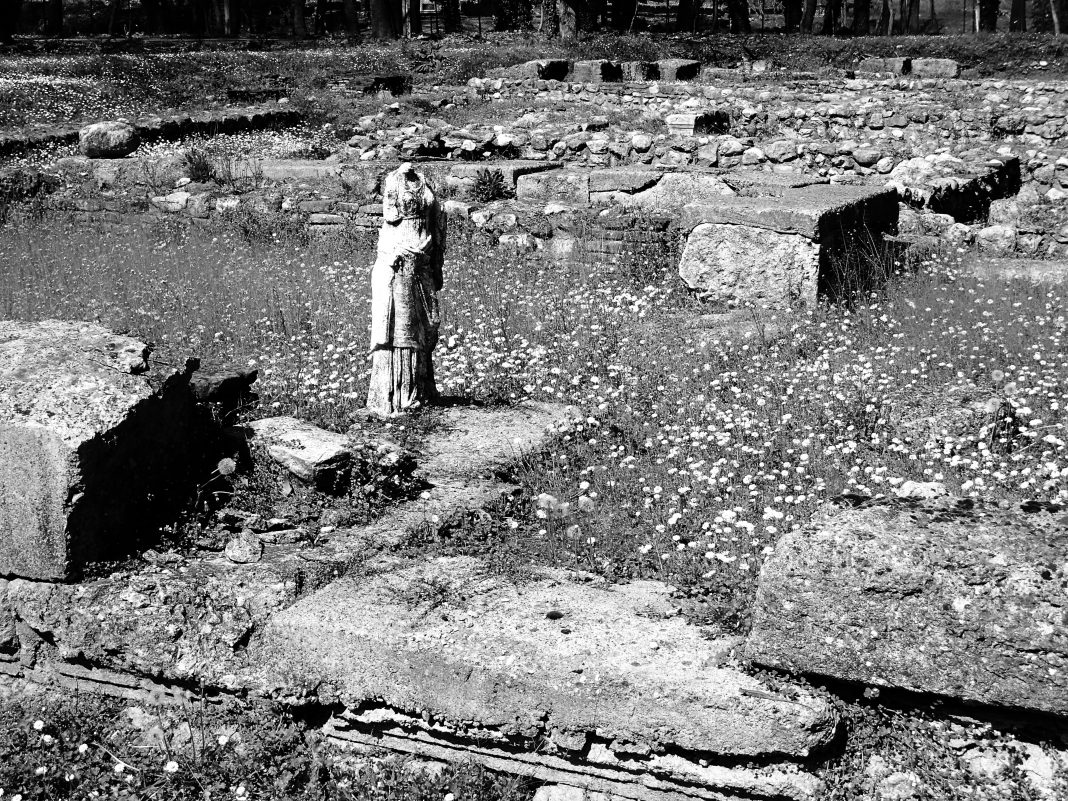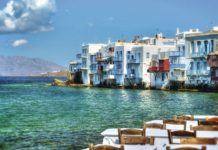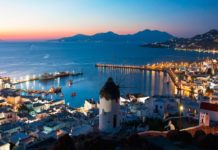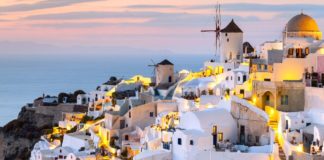Dion, sacred site of the Ancient world, is worth preparation and study, and time to devote to it.
We have none of that- We are on a whirlwind trip of one of Greece’s richest regions- we have a schedule packed with glorious sights, events, and grand dinners.
Pieria is fantastic- not an hour away from Thessaloniki, there are beautiful beaches, traditional villages, rustic wineries, great food, this spectacular ancient site, and all of it at the foot of Mt. Olympus.
I’ve been here before on a private tour of friends- one of us has been here excavating and analyzing over 20 years. It’s pretty spectacular, and it was then too- a sacred, ceremonial place devoted to Zeus and his daughters the Muses, place of victory celebration (of Phillip and Alexander), and of a nine day festival of athletics and drama in honor of Zeus (and the nine Muses). They also celebrated the new year here- then, around the end of September (Doesn’t the rhythm of the back to school season always feel like new year now? Or harvest to harvest?)
It is a luxury to have access to beautiful ancient things all the time. It takes the pressure off. You can always research more, return at your leisure. But I know, very well, what it’s like to visit a museum or a site that is far away. You feel so obligated to take it all in that it becomes more daunting than joyous. The best solution- just let it wash over you, absorb yourself in the impressions that immediately take you up in their wake. I had the luxury of trying this out on my second visit to Dion, and I enjoyed it
Table of Contents
Tama
We had a guide, but I preferred being alone. You like a little passion with your archaeology. The quickest route to passion? Identification. The ‘why’ of things is so easy to grasp- it closes the millennia like nothing else. A society that seems to have nothing to do with you was made up of people you realize completely understand.
The best use of the cell phone and head phones ever? Wandering and gazing and calling my friend Eleni Benaki for her wisdom in my ear.
The first engaging thing? These footprints, and… another ear.
The feet are the size of feet, making the ear about the size of my hand.
Orthodox Tama:
To anyone who has visited an Orthodox church they look like tama- huge stone tama. Τάμα are gifts to the saints for intervening into our affairs, especially for health, either as pledge, or as thanks. The next day, in the beautiful restored village of Agios Panteleimonas, at the church of the same name and the icon of the same Saint, we see modern day tama:
Some jewelry- bracelets and rings- but also small plates of precious metals with the relief of a whole body or, like these ancient stone tablets, a body part- arm, leg, eye, ear.
Are these tama? Yes, in their way.
“Tama” of the Ancient World:
These foot prints are not about feet. These are the footprints of the mother and father of a much wanted healthy baby. And the ear? It’s not the ear of the giver, but the ear of the God- a way of saying “Thank you for hearing our prayer,” again, for a healthy infant. Anyone who has been filled with gratitude for a blessing can understand these at once- the ancient past becomes a lot less abstract.
Loss
The same theme of the bond between parent and child in a poignant image. On this grave stone, we see the mother and child separated by death-
The scene is full of tenderness- right away you notice the hands entwined, the whole of the toddler’s arm not quite the length of the mother’s forearm.
Then the small chubby bare feet between the mothers’
In the lower left, a pet rooster? The child reaches high to grasp the mother’s hand with the right. With the left, he lowers a biscuit into the rooster’s gaping beak.
Music
From the poignant to the joyous- a hydraulis, consisting of a row of 24 pipes of bronze and another of 16, said by ancient accounts to make music that is “sweet and joyful.” Also joyful, the account of its finding, down to the very memorable day- a recent one- the 19th of August, 1992
Dion is just the first of our day’s adventures, and so we do not see the whole of the park- which is magnificent and you will want to take in at leisure when you visit Pieria, and you may well want to to do. But the glimpse does it.
Dion was built here for a reason- the great and sacred mountain, the bountiful flow of water. Were the wildflowers the same? Likely so. In Spring, the statues and ruins are noble and romantic among the lushness of the weeds-
This site is very useful for planning a trip to Pieria :
http://visitpieria.gr/
http://visitpieria.gr/













